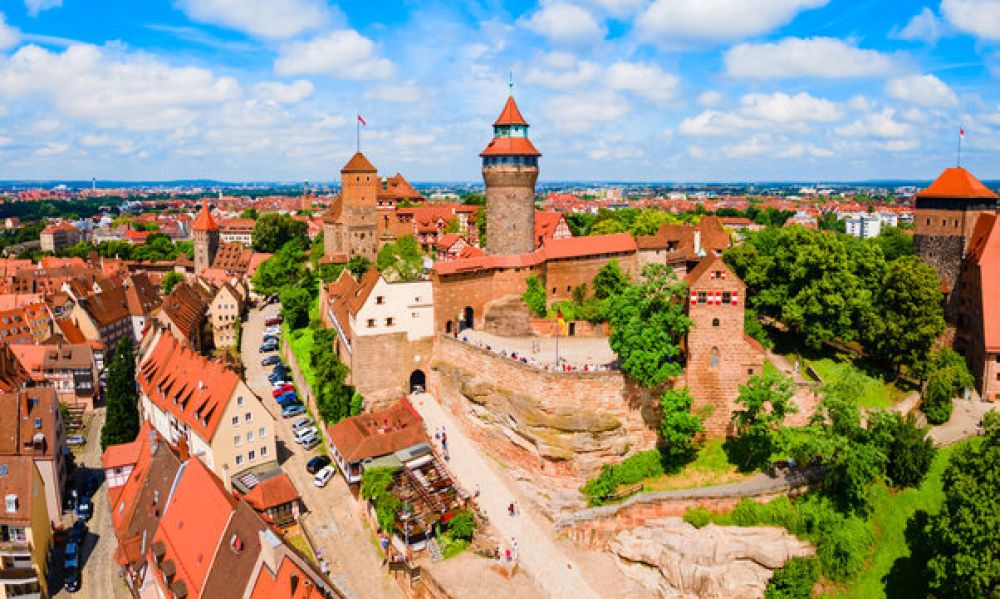

Nestled atop a sandstone ridge in the historical city of Nuremberg, Nuremberg Castle (Nürnberger Burg) stands as a testament to the Medieval might and the renaissance of urban life in early modern Europe. As one of the most significant medieval imperial palaces, it has been a pivotal landmark in shaping the tourism industry of the city and Germany at large.
The origins of Nuremberg Castle can be traced back to the Holy Roman Empire, with the earliest records of its existence dating to around 1050. The castle gained prominence as a royal residence and a representation of the imperial power of German kings and emperors. Since the Middle Ages, it has been an iconic symbol of Nuremberg and has played an integral role in the region's defense and administration.
While Nuremberg Castle has been a site of interest for centuries, its role in tourism started to take shape in the 19th century. The advent of Romanticism, which romanticized the Middle Ages and its architecture, increased public interest in historical sites like Nuremberg Castle. This era kickstarted the preservation and restoration efforts, which in turn made the castle more accessible and attractive to visitors. As infrastructure improved with the spread of railways, more tourists were able to reach Nuremberg and explore its castle.
The castle experienced significant damage during World War II bombings, which necessitated extensive restoration works in the following decades. However, these restorations have been meticulous, ensuring that the castle remains an authentic representation of its historical form. The successful restoration reinforced Nuremberg's status as a prime destination for those interested in medieval history and architecture.
Today, Nuremberg Castle is one of the main attractions in Nuremberg, drawing visitors from around the globe. It offers a captivating glimpse into the past with its well-preserved structures, including the Sinwell Tower, the Imperial Chapel, and the Deep Well. The castle complex also hosts a museum that showcases the history of the castle and the entire city.
In recent years, there's been a shift towards experiential and educational tourism. Visitors are increasingly seeking an immersive experience, which Nuremberg Castle provides through guided tours and interactive exhibits. These experiences are complemented by the stunning views over the city of Nuremberg that can be seen from the castle grounds, especially from the Sinwell Tower. Additionally, there is a growing trend of integrating digital elements into tourism, such as virtual reality tours, which could soon become part of the visitor experience at Nuremberg Castle.
The blend of history, architecture, and immersive experiences offered by Nuremberg Castle makes it a staple for cultural and historical tourism in Germany. As the global tourism industry evolves, Nuremberg Castle ensures it remains an alluring destination by adapting to new trends and preserving its enchanting allure, continuing to captivate the hearts and minds of travelers worldwide.